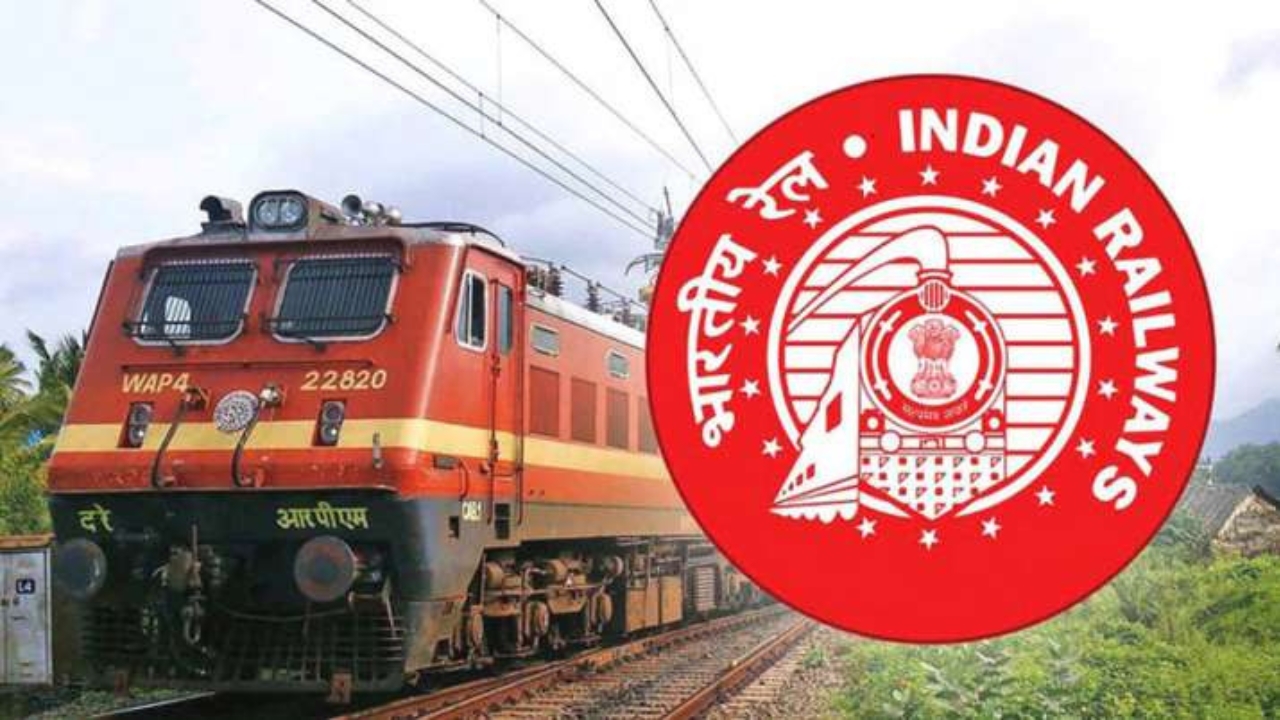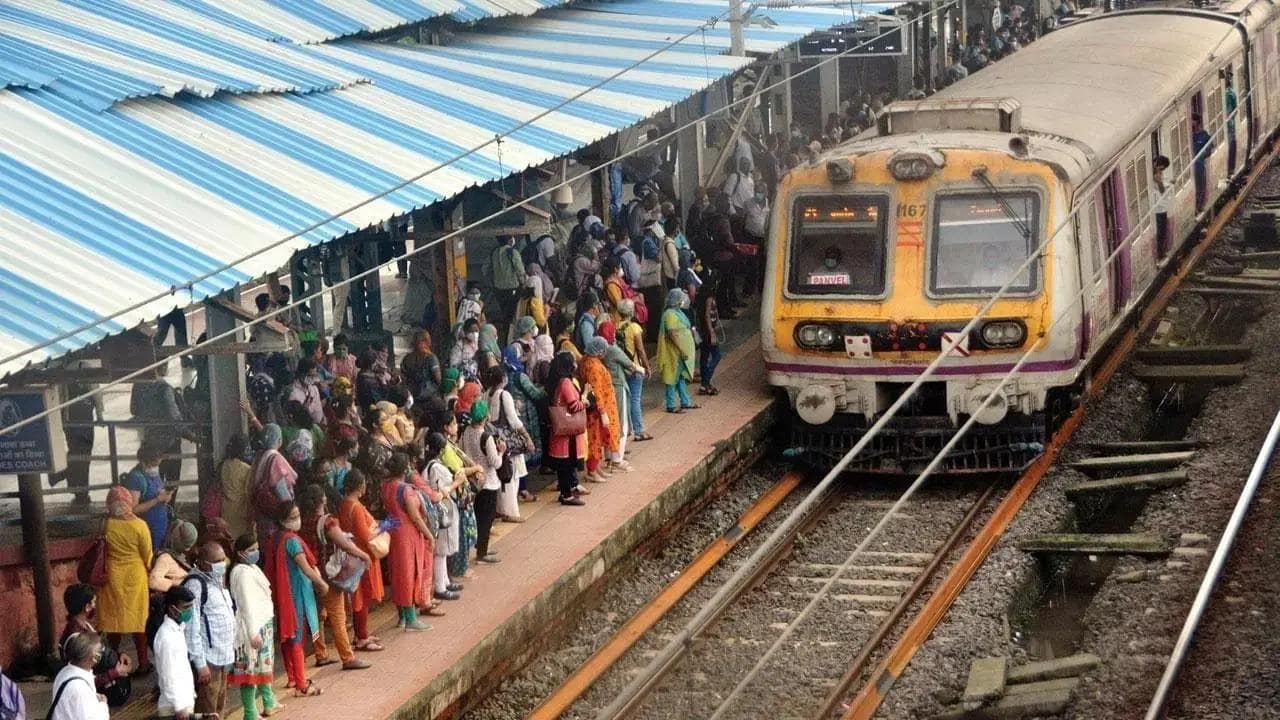Indian Space Research Organization (ISRO) has successfully launched the crew model of the Gaganyaan mission. The space agency has had success in the second attempt. This was attempted at around 8:30 a.m. today but had to be postponed for technical reasons. However, another attempt was made around 10 o’clock. This time, ISRO was a success. Gaganyaan’s first test vehicle, Abort Mission-1 (TV-D1), was launched from Sriharikota, Andhra Pradesh.
Before the second test, ISRO said an anomaly was detected and rectified in the test vehicle flying with a payload related to the ambitious Gaganyaan human space flight programme. “The reason for the aborted launch has been identified and rectified,” ISRO wrote on social media platform X.
The rocket launch was initially scheduled for 8 a.m. but was postponed twice by 45 minutes later. ISRO chief S. Somanath said the launch could not occur as scheduled due to some anomaly. He said that the engine of the TV-D1 rocket could not be started as per the prescribed procedure.
Objective Of Safe Return
The flight consists of three parts: Single Stage Liquid Rocket, Crew Module (CM) and Crew Escape System (CES). During flight, the test vehicle will carry the CM and CEA aloft. Then, an abortion-like situation will be created. Abort means the module will bring the astronaut back safely if a problem occurs. Currently, the capsule will fly at Mach 1.2, i.e. 1431 kilometres per hour. At this speed, CES will separate from the rocket at 60 degrees from an altitude of 11.7 kilometres. After this, the crew module and crew escape system will start going up 17 kilometres at 594 kilometres per hour. There, both systems will be different.
When Will The Parachute Open? Navy Will Support
When the crew module separates from CES, its tiny parachutes will open at an altitude of 16.6 kilometres. Its main parachutes will open when the capsule is at an altitude of fewer than 2.5 kilometres. The crew module will land in the Bay of Bengal, 10 kilometres from Sriharikota. The Navy will recover it from there. At the same time, CES will fall 14 kilometres away, and the TV booster six kilometres out into the sea and sink.









